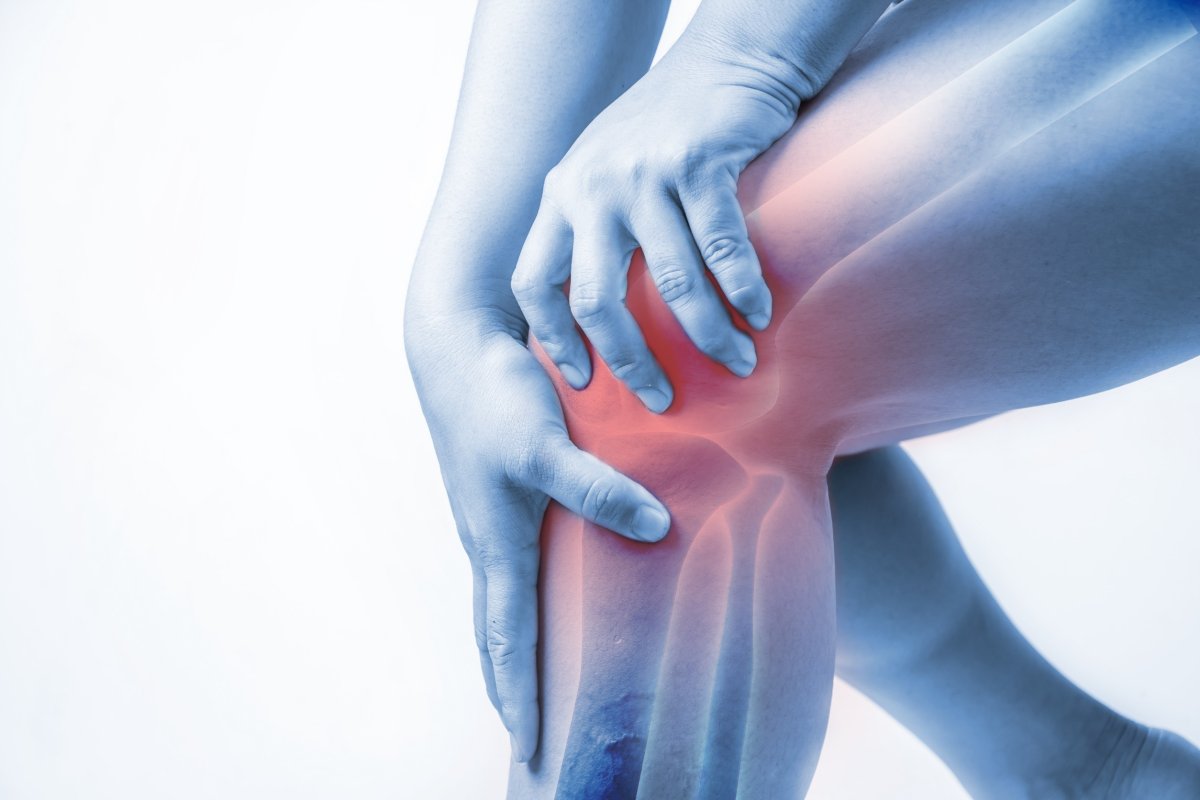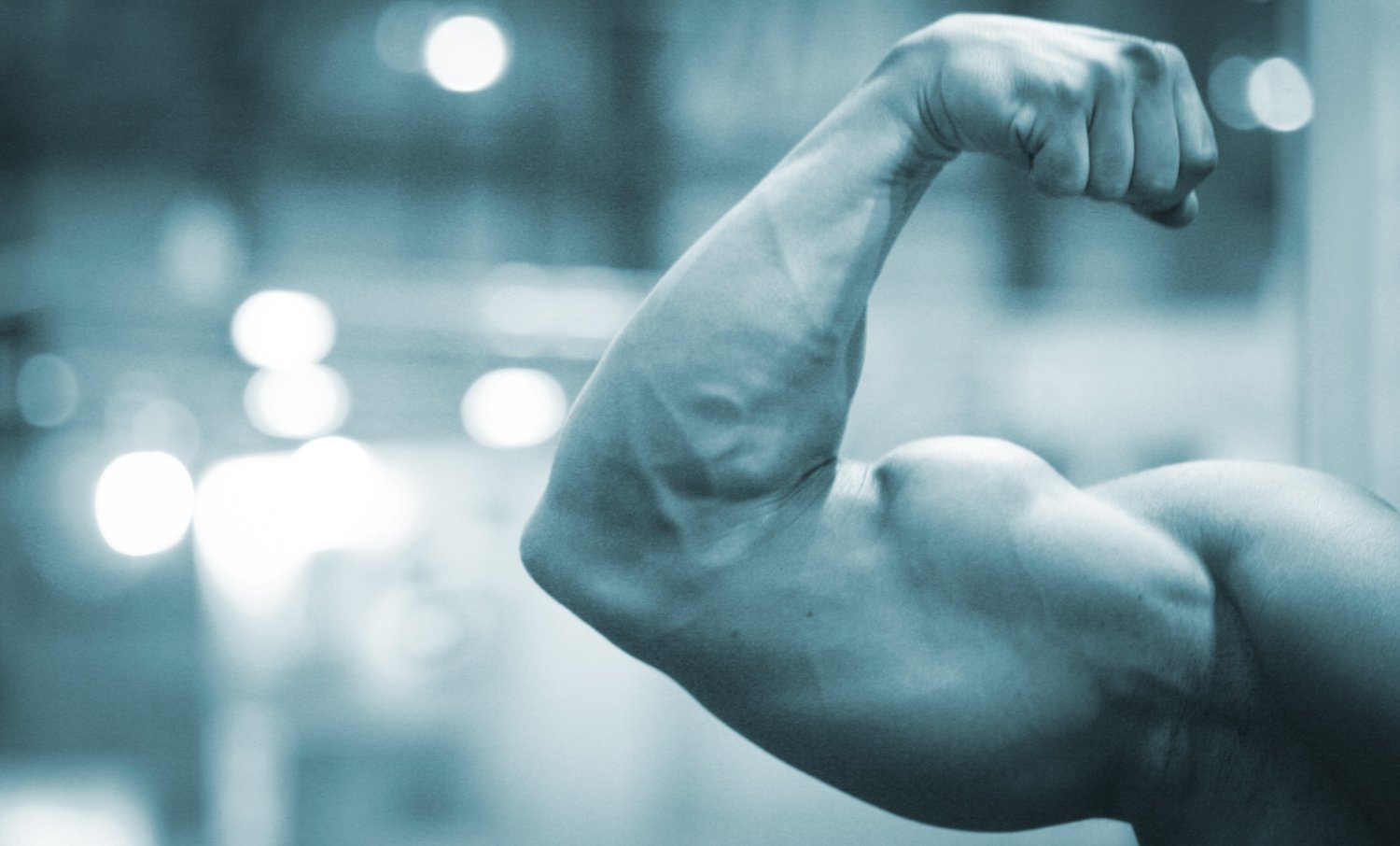The Many Benefits of Gonadorelin on Health & Muscle

Gonadorelin, a synthetic hormone also known as Gonadotropin-releasing hormone (GnRH), stands out due to its similarities to human chorionic gonadotropin (HCG). It operates by stimulating the anterior pituitary gland to release follicle-stimulating hormone (FSH) and luteinizing hormone (LH).
That seems like a bunch of overly scientific jargon, right? In a nutshell, what you’re looking at is a hormone capable of improving your health while also having some muscle-building and preserving properties.
This hormone is a common choice for individuals in hormone replacement therapy (HRT) or using performance-enhancing drugs (PEDs) and designer steroids.
By imitating the body’s natural processes, gonadorelin promotes increased testosterone production, which can be beneficial for fertility, maintaining testicular size, and inducing anabolic and androgenic effects.
In this article, we will dive deeper into Gonadorelin and explain what it is, what it does, and what its benefits are.
Disclaimer: This article is for informational purposes only. It is not meant to treat or diagnose any condition. It is recommended that you speak with your doctor before starting any exercise program, making changes to your nutrition plan, or adding any supplements to your current regimen.
What is Gonadorelin?
Gonadorelin, or Gonadotropin-releasing hormone (GnRH), originates in the hypothalamus, a region of the brain. It plays a crucial role in stimulating the production and release of follicle-stimulating hormone (FSH) and luteinizing hormone (LH) from the anterior pituitary gland. These hormones are essential for regulating reproductive processes in both males and females.
The medical significance of gonadorelin is evident in its primary applications, which include addressing infertility, delayed puberty, and amenorrhea (the absence of menstruation). By initiating the synthesis and release of FSH and LH, gonadorelin aids in restoring hormonal balance and promoting normal reproductive function.
How Does It Work?
Gonadorelin operates by signaling the pituitary gland to increase the production of follicle-stimulating hormone (FSH) and luteinizing hormone (LH).
In women, this hormone triggers the release of an egg from the ovary, thereby enhancing the chances of regular ovulation and pregnancy.
For men, gonadorelin stimulates spermatogenesis, or the production of sperm, while also boosting testosterone production in the testes. It is often used along with testosterone therapy to prevent testicular atrophy, ensuring optimal testicular health.
The Benefits of Gonadorelin
Below are some of the benefits of Gonadorelin:
1. IT MAY HELP INCREASE TESTICULAR SIZE
People undergoing PEDs or testosterone replacement therapy (TRT) may find it necessary to incorporate Gonadotropin-releasing hormone (GnRH) supplementation into their regimen to preserve testicular size, fertility, and sperm count.
PEDs and testosterone treatments have the potential to shrink the testicles, and by supplementing with gonadorelin, individuals can mitigate this effect, supporting fertility and optimizing testicular function.
Research indicates that gonadorelin supplementation may contribute to an increase in testicular size, which is particularly advantageous for individuals experiencing hypogonadism.
2. INDUCES OVULATION
Gonadorelin serves as a valuable treatment option for women facing ovulation difficulties. By stimulating the ovaries to produce and release eggs, Gonadorelin enhances the likelihood of conception and subsequent pregnancy.
This mechanism of action makes it a crucial factor in fertility treatments for women struggling to conceive. By triggering ovulation, Gonadorelin helps address one of the key barriers to pregnancy, offering hope and opportunities for those navigating fertility challenges.
3. INCREASES LEAN MUSCLE MASS
As individuals age, there’s a natural decline in lean muscle mass, often linked to decreasing hormonal levels. Numerous studies have highlighted the positive correlation between higher testosterone levels and enhanced muscle protein synthesis. This process, known as muscle hypertrophy, contributes to increased strength and improved recovery rates.
Research has demonstrated that a combination of Gonadorelin and exogenous testosterone can lead to gains in fat-free mass, lean mass, and muscle strength. By increasing endogenous testosterone levels, Gonadorelin promotes protein synthesis and inhibits protein breakdown, leading to the development of lean muscle mass and strength.
Additionally, aging often leads to anabolic resistance, reducing the body’s response to testosterone and resistance exercise. Gonadorelin can counteract this by enhancing testosterone levels and muscle protein synthesis, thereby mitigating the effects of aging on muscle mass.
4. IT CAN CONTRIBUTE TO MORE IVF SUCCESS
Gonadorelin plays a crucial role in enhancing the outcomes of in vitro fertilization (IVF) procedures. When used alongside IVF treatment, Gonadorelin helps optimize hormone levels and enhances egg quality, thereby increasing the likelihood of successful fertilization and implantation.
By stimulating the release of follicle-stimulating hormone (FSH) and luteinizing hormone (LH), Gonadorelin promotes the development and maturation of healthy eggs, which are essential for a successful IVF cycle.
5. WHOLE BODY BENEFITS
Gonadorelin isn’t just beneficial for addressing fertility concerns in men; it also plays a significant role in enhancing overall well-being. Men undergoing Gonadorelin treatments frequently report improvements in libido and normalized testosterone levels.
Regulating testosterone levels is crucial for ensuring proper bodily functions in men. Abnormally low testosterone levels can lead to various embarrassing symptoms such as erectile dysfunction (ED), fatigue, hair loss, reduced sex drive, and even loss of lean muscle mass.
By using Gonadorelin, men can mitigate the adverse effects associated with low testosterone levels, particularly as they age.
Steroids4U.eu – Steroids4U.net – Steroids4U.to | Best EU Online Steroid Shop – Buy Steroids


